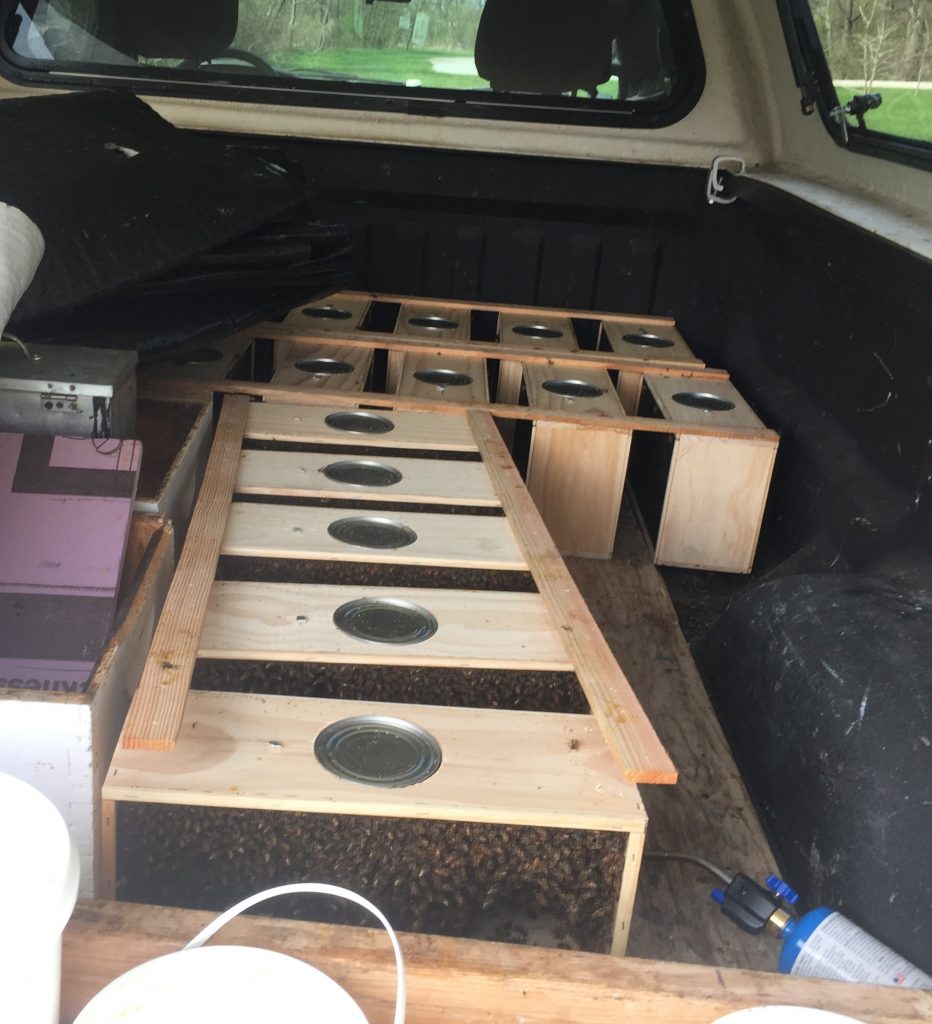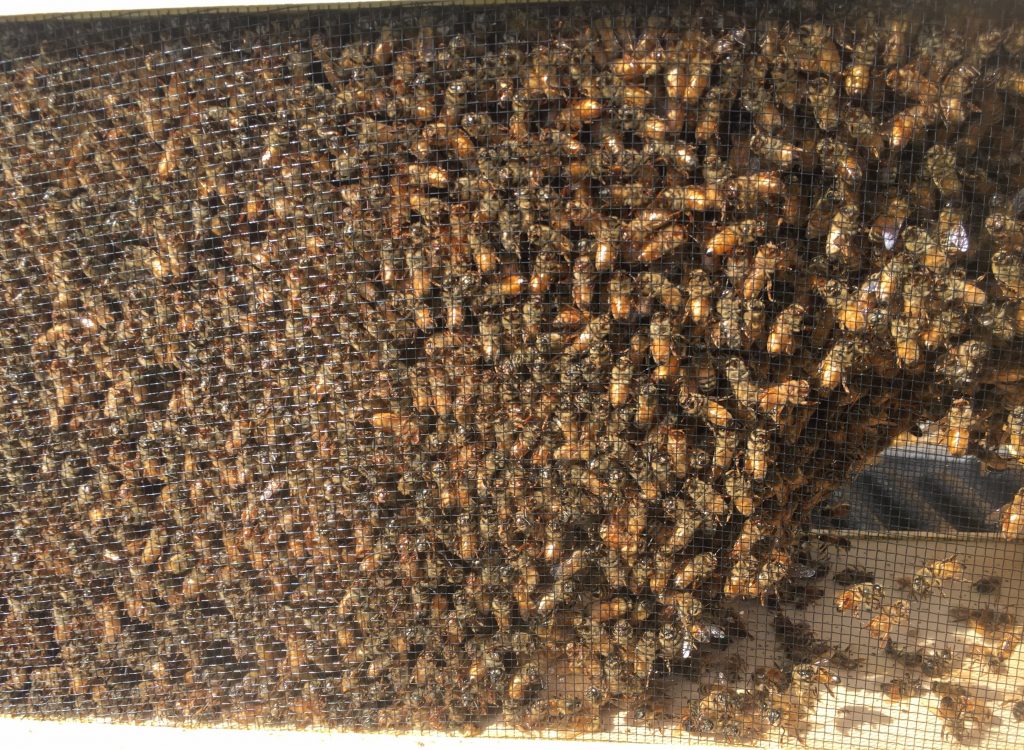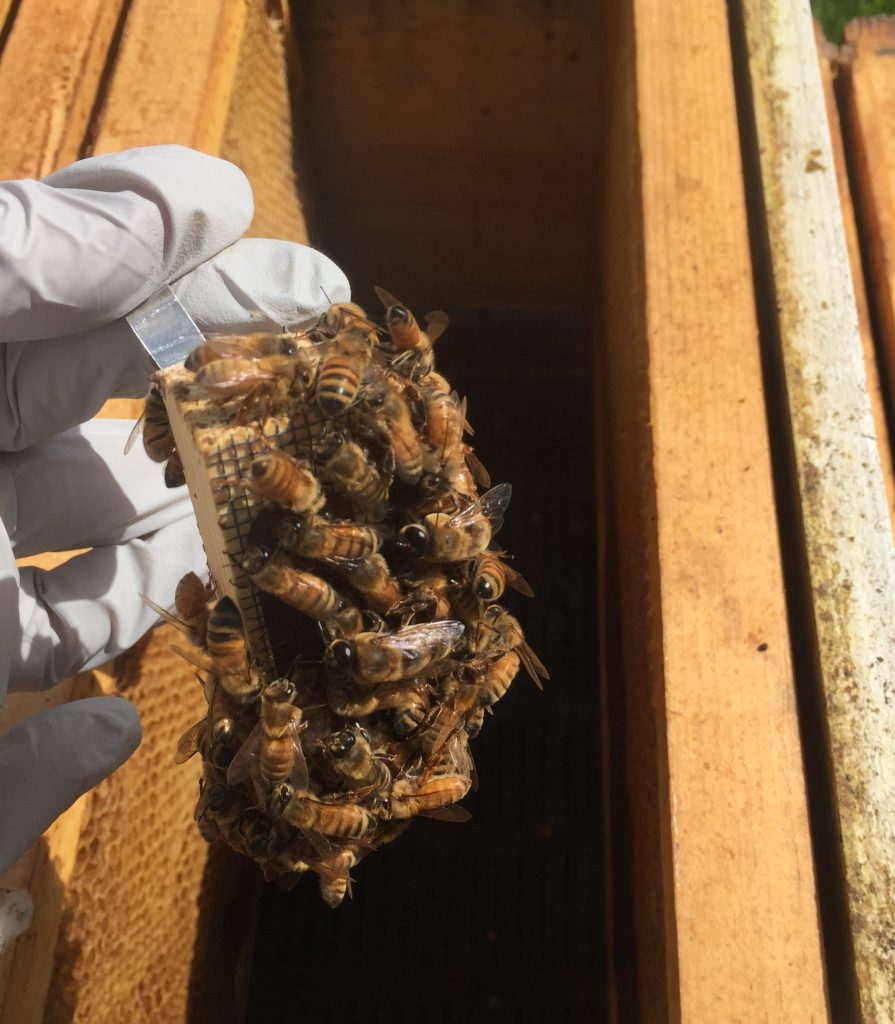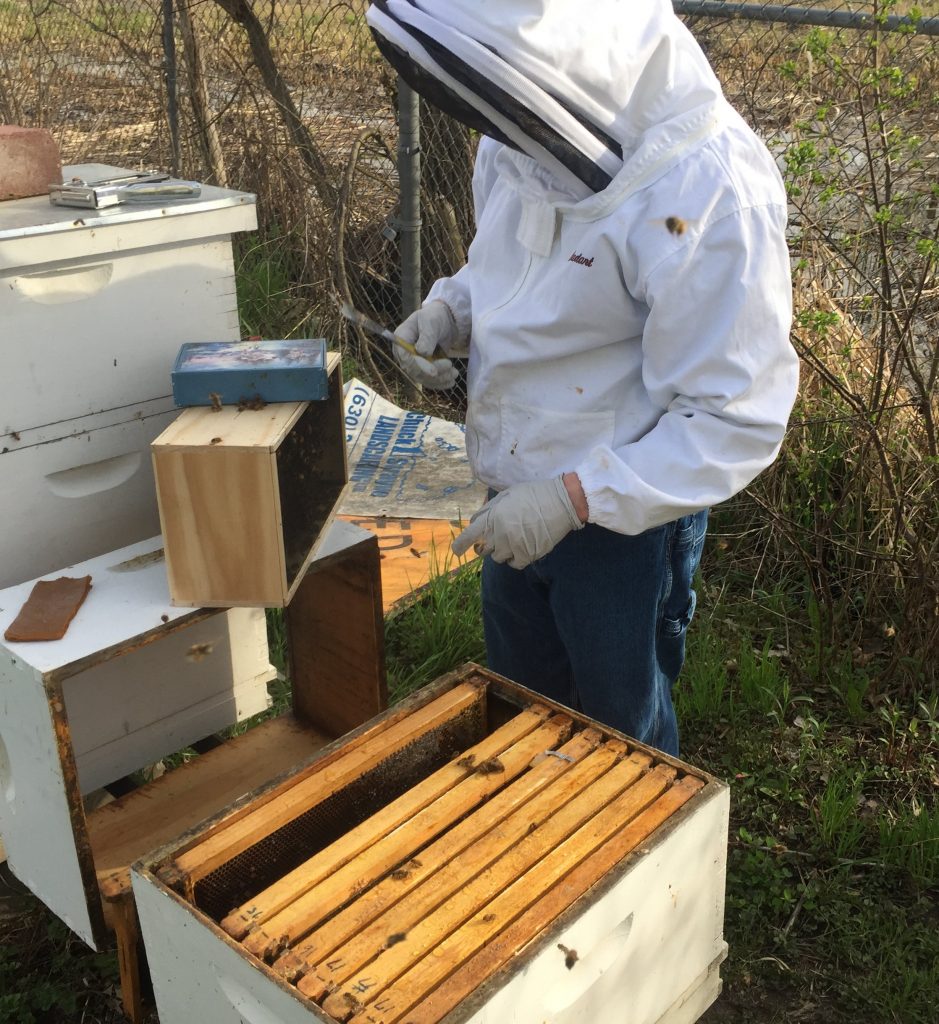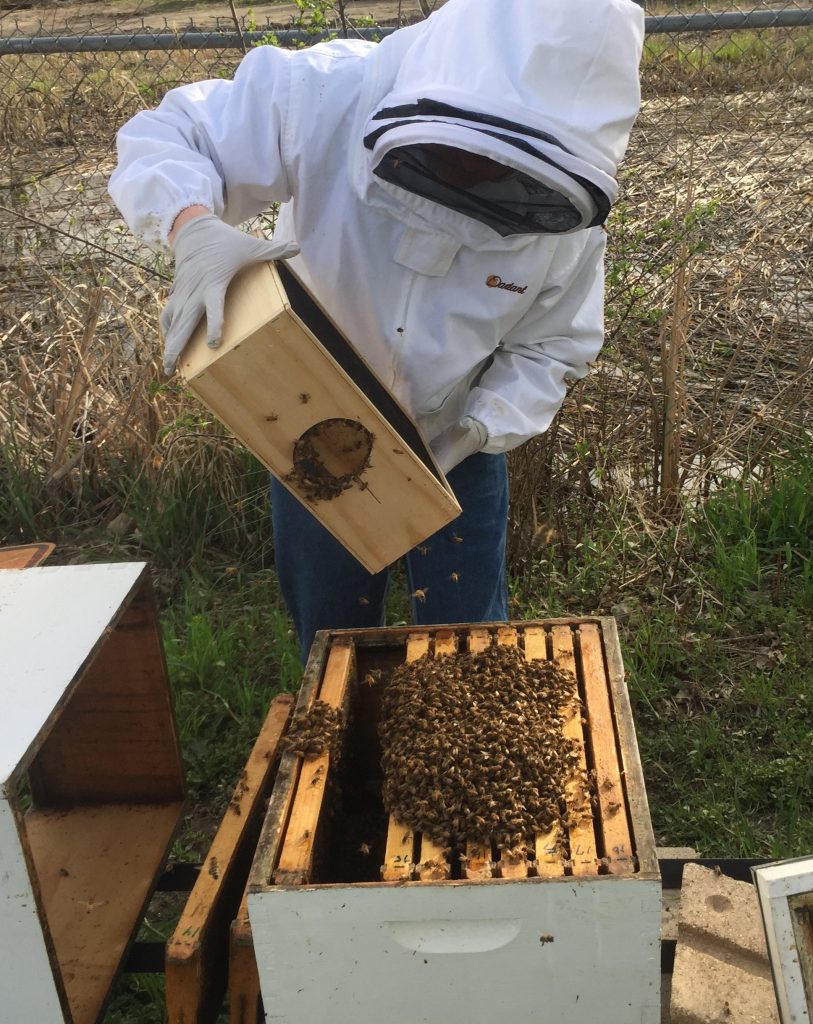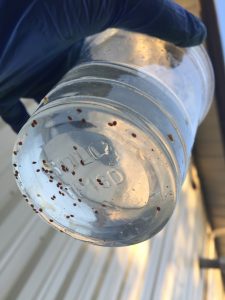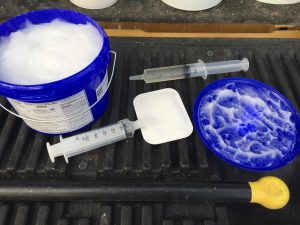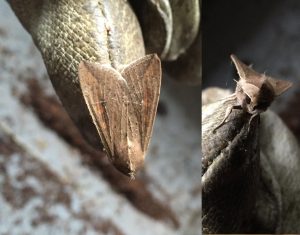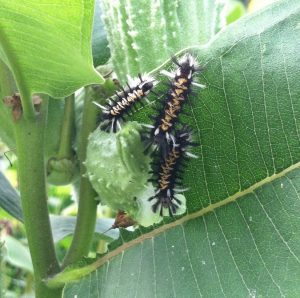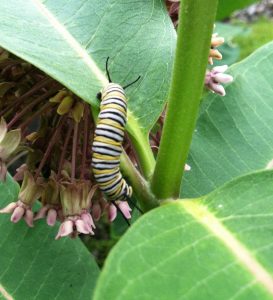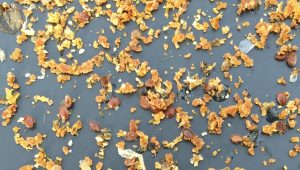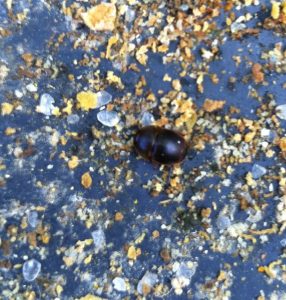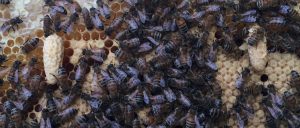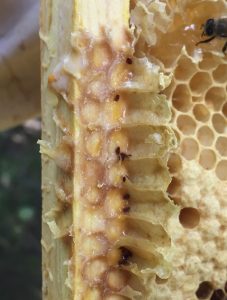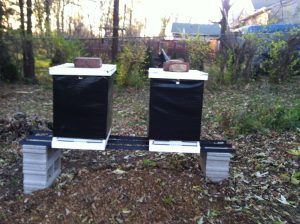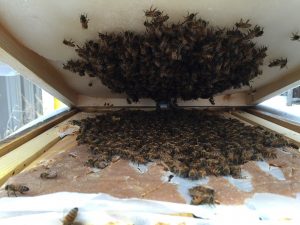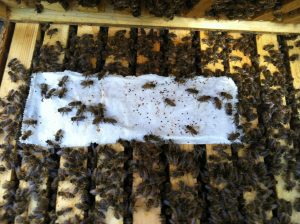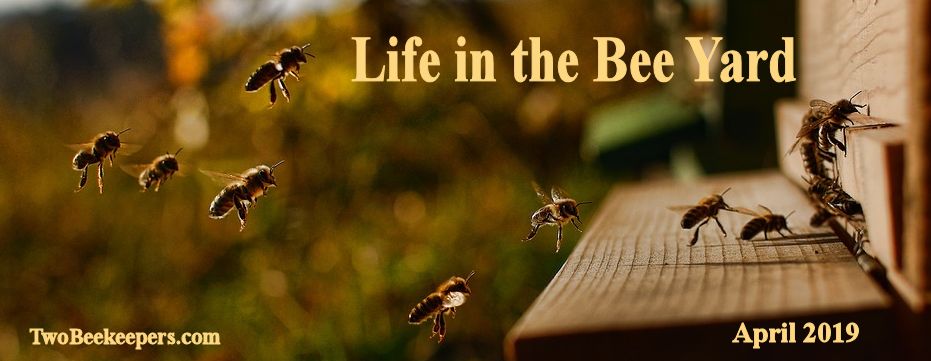
The Bee Yard
This month was an exciting month. There was so much to do. First, we reversed the brood boxes of the bees that survived Winter so the queens will lay in both boxes. The bees moved to the top box throughout Winter and some do not like to move back down to the bottom brood box. Some of the hives will prepare to swarm thinking they have run out of room. In order to trick them into thinking they have a bigger home, we put the empty brood box from the bottom of the hive on top. Now the queen has a whole new box to lay in. We do not want to do that too soon in the year because we do not want the brood to chill if it is too close to the ground.
Our New Packages Arrived!
We installed 15 – 3 pound packages, 12 – 2 pound packages, and 4 new queens. So far we lost 1 new queen and have to replace her. But everything else went off without a hitch. Once it was warm enough to do a through hive inspection we found more queenless hives – so we installed 2 pound packages in those hives. We also found queens that were slow layers. They should have laid more eggs then a couple of frames by now. We also found 2 queens that were laying drone bees only. So we replaced all those queens. We did not find any worker drone layers.
The next chore on the list is to mark all of our new queens. This year’s color is green. I have also been marking any queen I find in an overwintered hive red, which is last years queen color. I have found some old queens which are yellow – which was the color from 2 years ago. All of these marking helps us to find the queen right away in a hive full of bees, identify which hive has re-queen itself as well as how old the queen is.
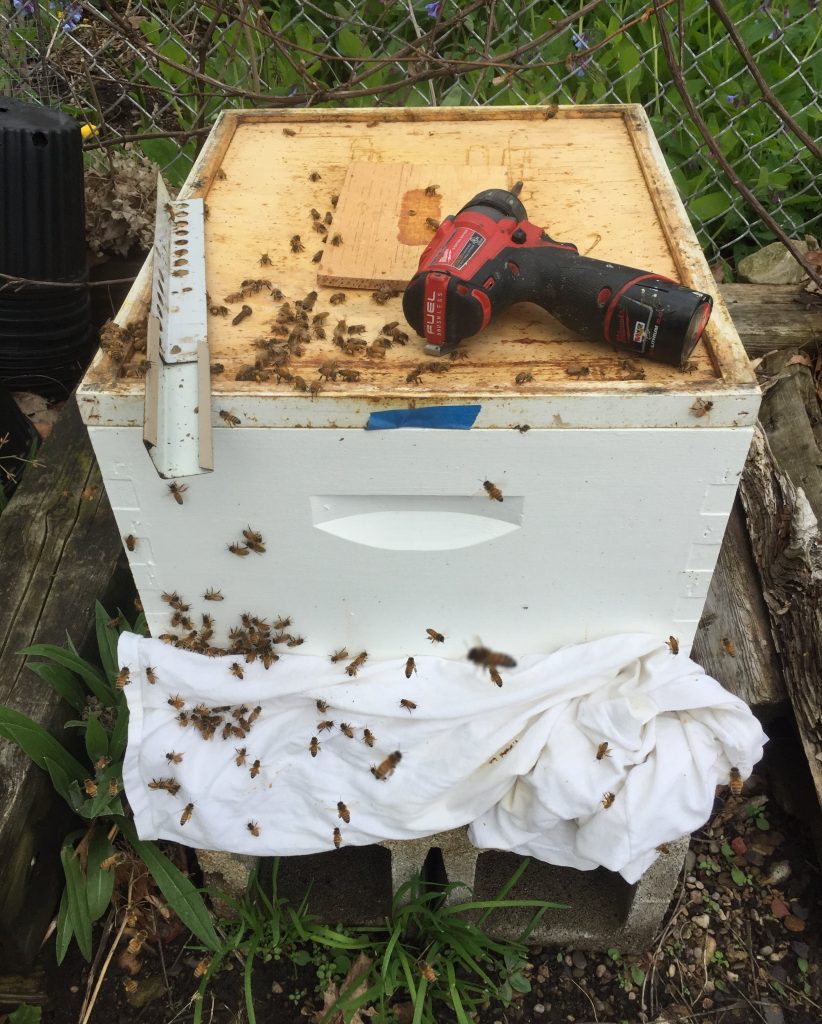
We vaporized the new packages for mites. This is a treatment you want to do before the brood is capped.
We are in swarm watch with the bigger overwintered hives. The bees get too big before the honey flow and they want to move to roomier quarters. Second year queen are prone to swarming. The hive is weakened and does not produce a good honey crop when this happens. So we try and make sure they have enough room at the right time. We don’t want to give them too much room too soon and have the queen laying eggs in the supers. Nor do we want to be too late. Timing is everything.
The dandelions are out as well as a bunch of ground flowers. The bees are busy gathering pollen to make bee bread. They cover whole frames in pollen of all different colors. Sometimes they add in different colors of pollen in the same cell. It reminds me of Play Dough.
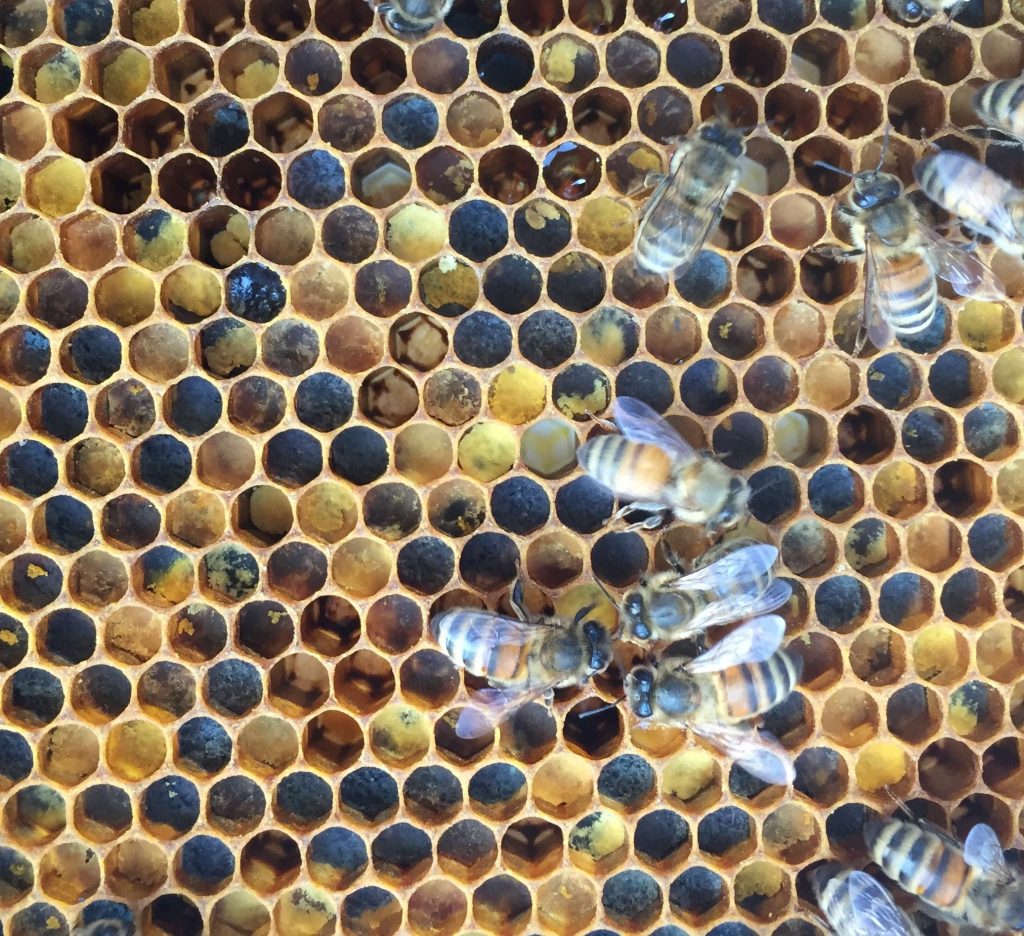
Soon the ornamental trees will be flowering – like the apple and crab apple trees.
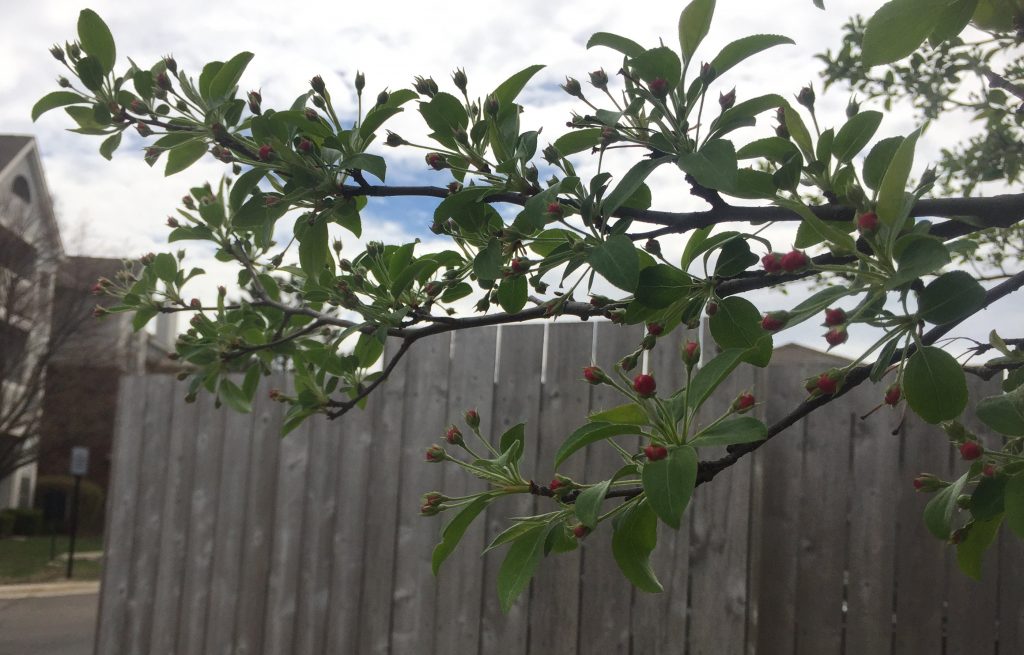
Crab Apple Blossoms 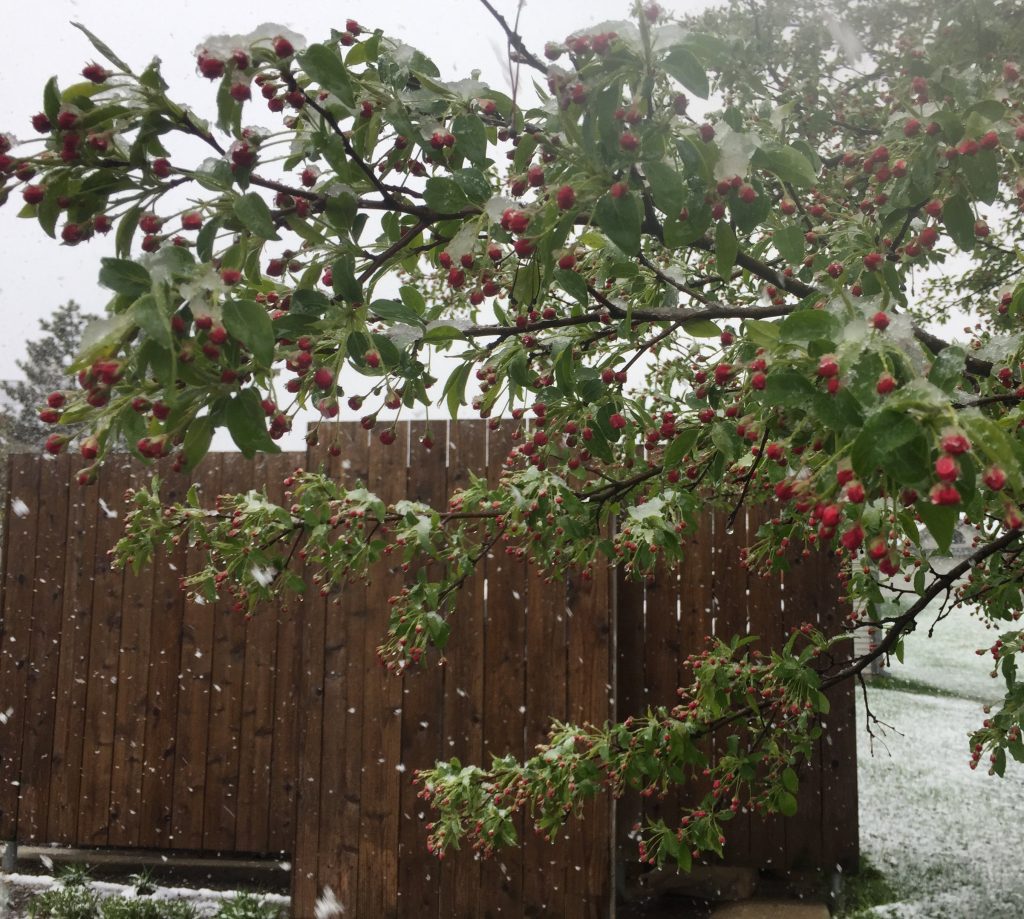
Crab Apple Blossoms in Snow
Black Locust is coming soon. We had a really good crop of black locust and most of the time we do not get 2 good crops in a row. The weather was nice during that time. We started to warm up and it did not rain very much. The Linden trees follow the Black Locust. Last year it was cold half way through May then it was 90 degrees, which burned off a lot of the Linden tree nectar. Then it rained and rained and rained. The bees could not get out and gather nectar. It was a very poor year for Linden.
Next Month’s Chores
- Supering for honey
- Putting on 2nd brood boxes on the hives that need it.
- Making sure the queens are laying
- EFB watch
